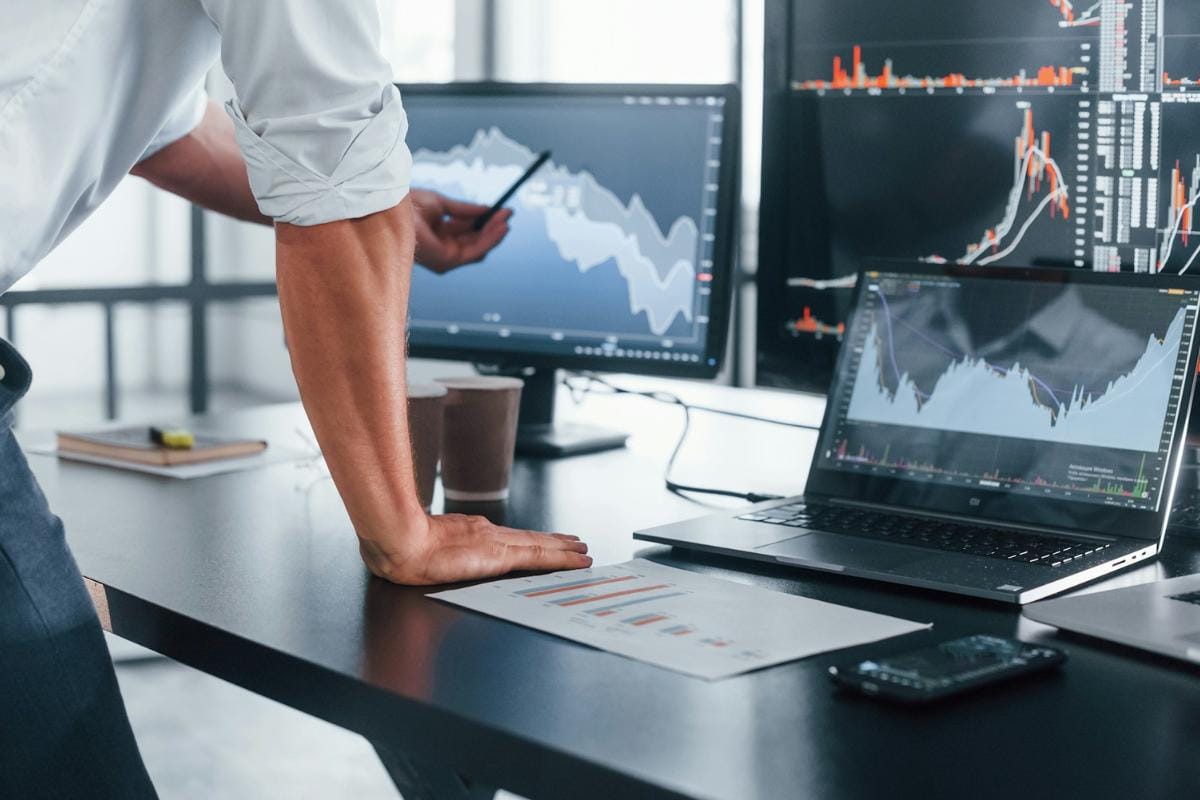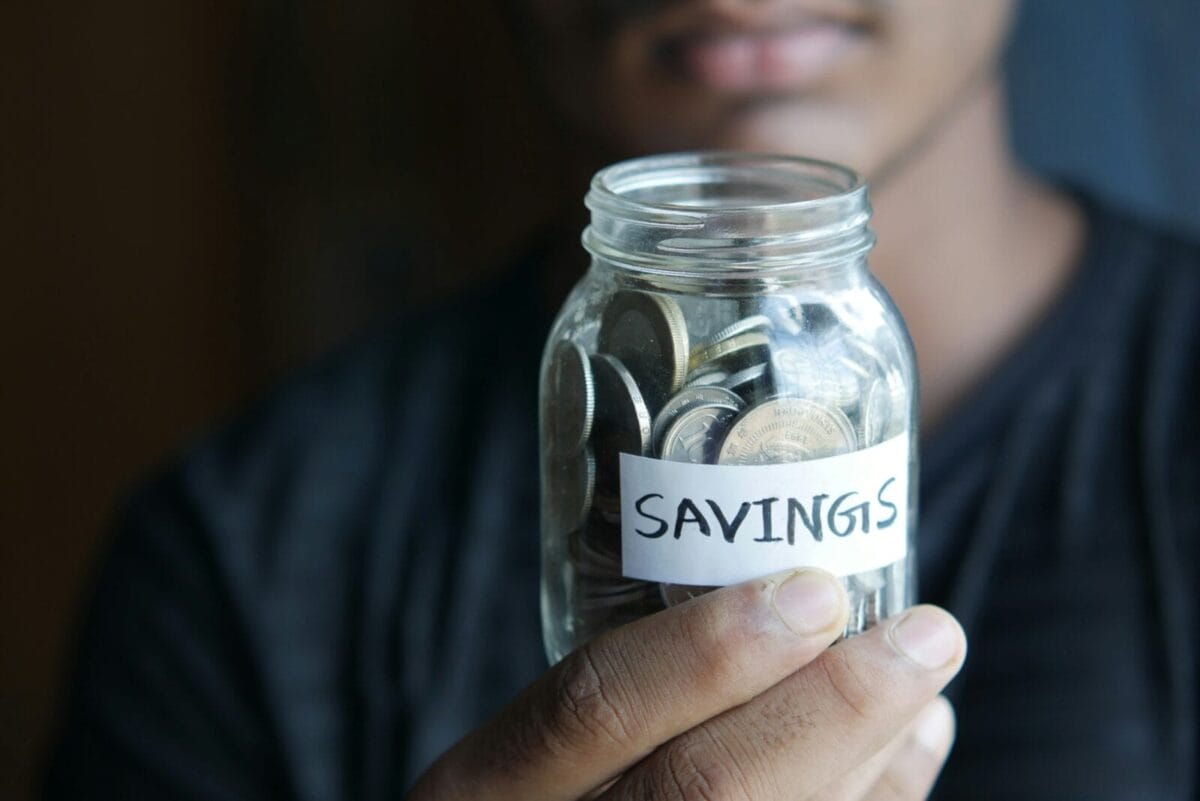Tom Stevenson, Investment Director at Fidelity International comments: “Any hopes that last week’s two-day rout in global stock markets would be the full extent of market turbulence were confounded on Monday morning when first Asian and then European markets continued to plunge.
“Thursday and Friday were among the worst two-day performances in 40 years, only matched by market moves during the dot.com crash in 2000 and the financial crisis in 2008. But the selling continued after the weekend.
“Investors are now rapidly re-calibrating their expectations from optimism about growth and deregulation.
“The scale of the falls either side of the weekend evoke memories of the 1987 crash. What we are witnessing is a complete change of the market narrative and an immediate repricing of risk. Shares in Hong Kong fell as much as 13%, Germany’s DAX dropped 10% at the open, and the FTSE 100 added another 5% to last week’s decline.
“At the time of writing, futures markets were pricing in a third consecutive day of heavy falls for the US market. If this is what transpires, this will be one of the worst weeks in the market since Black Monday in 1987.
“It is worth remembering that stock markets ended that year higher than they started it. Keeping a calm head at times like these is difficult, but necessary.
Recession risks
“Recession fears are growing. Historically, market corrections are more likely to become sustained bear markets – defined as falls of more than 20% – in the context of a recession. It means that once this initial reset phase has run its course, investors will need to start to think in a calm way about how to position their portfolios for a tougher economic landscape ahead.
“At the very least it shortens the odds on the Trump tariff shock being the catalyst for the end of both the 30-month cyclical bull market since October 2022 but also the 16-year secular bull market since the financial crisis in 2008. The technique of buying the dips – taking advantage of temporary falls in prices – may not work so well in the immediate future.
Safe havens offer partial shelter
“Investors with diversified, balanced portfolios have been spared the worst of the equity market plunge. Safe haven bonds, such as US Treasuries, have risen sharply in price as their yields have fallen. Yields and prices move in opposite directions. The yield on the 10-year US government bond has fallen below 3.9%, which compares with a recent high of around 5%.
“But there have been few other places to hide. Commodities have fallen sharply too. Brent crude has fallen to $63 a barrel, its lowest level in four years. Copper, which is often seen as a bellwether of global economic growth fell more than 7% on Monday to $8,690 a tonne.
“Gold, a traditional safe have in difficult times, has also fallen from recent all-time highs as some more leveraged investors have been forced to sell what they can, rather than what they might choose to. The dollar, often viewed as a port in any global storm, has also weakened as investors have started to question the US’s economic leadership in a post-globalised, more protectionist world of isolated trading blocs.
Central banks face a delicate balancing act
“One final consideration is how the world’s central banks will respond to the market turmoil. The likes of the Federal Reserve and the Bank of England find themselves in a difficult place. The dilemma created by last week’s tariffs is that they are likely to lead at the same time to both higher inflation and lower growth. That is a vicious cocktail for a central bank which is tasked with both supporting growth and capping inflation.
“It is hard to do both at the same time with the blunt instrument of interest rates. Cutting rates might seem like the obvious thing to do to promote growth, and the President has already called on the Fed to do just that. But fresh from the post-pandemic spike in prices, and mindful of what happened in the 1970s when inflation was let out of the bag by a complacent central bank, the Fed will be wary of moving too fast.
Investing principles hold firm
“At times like these, it is worth remembering some important investment principles. First, while markets rise over time, they do not do so in a straight line. The price we pay for the long-run outperformance of equities compared with apparently safer assets like bonds and cash is the volatility of the stock market. But the longer-term returns only accrue to investors who are able to hold their nerve during moments of market dislocation, who avoid crystallising losses by selling after sharp falls, and even take advantage of market falls to top up their holdings at attractive prices.
“To offer context, the global stock market index (the MSCI All Countries World Index) is only back to where it was eight months ago and over three years it remains up by 16.1%, the FTSE 100 is back to where it was in March last year and is still up 12.3% on its level three years ago and America’s S&P 500 index and the Nasdaq tech market are back to last May’s levels and are up 16.9% and 20.1%, respectively, on three years ago.
What happens after the worst days?
“It is also worth considering what happens after big one day market falls. Looking at the 10 biggest one-day falls for the FTSE 100 since 2000, history shows that investors have typically enjoyed positive returns in the years that followed – even when short-term performance was rocky.
“After the COVID crash in March 2020, for instance, the index rose nearly 60% over three years. Even after steep declines of the global financial crisis, markets bounced back strongly. Of course, past performance does not guarantee future results.
| Date | Daily change | 3-year return | 5-year return |
| 12/03/2020 | -10.82% | 59.5% | n/a |
| 10/10/2008 | -8.85% | 53.6% | 97.4% |
| 06/10/2008 | -7.85% | 29.1% | 69.3% |
| 09/03/2020 | -7.69% | 46.3% | n/a |
| 15/10/2008 | -7.13% | 49.2% | 93.7% |
| 11/09/2001 | -5.72% | 6.1% | 45.7% |
| 06/11/2008 | -5.70% | 44.4% | 90.3% |
| 21/01/2008 | -5.48% | 18.9% | 34.2% |
| 15/07/2002 | -5.44% | 45.5% | 99.1% |
| 16/10/2008 | -5.35% | 57.6% | 105.4% |
Source: Fidelity International; Refinitiv.
“None of the FTSE 100’s recent declines rank among its 10 worst days on record. Still, the current volatility is a stark reminder of the ups and downs investors should expect. While unsettling, these moments reinforce the importance of resilience, patience and perspective when navigating long-term investment journeys.”















